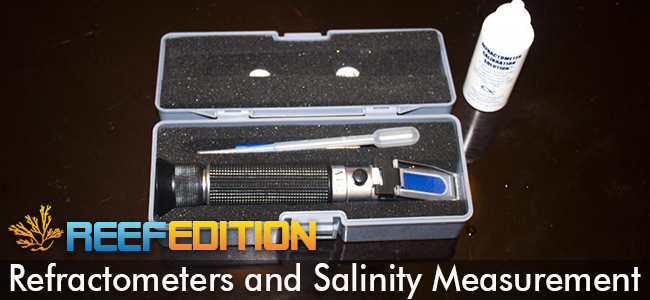HELP PLEASE!! **Confused Newbie alert**
Ok, so I just started my journey on adding in corals to my tank. I have a 40gal AIO which started off with mainly zoas and a bubble coral, a rainbow BTA and a hammer with a maroon clownfish (1.5in), six line (1in), valentini puffer (2in), fire goby(2in) all living in harmony. I added a lobo in about 3 weeks ago as well. I have checked my parameters once weekly for a little over 2 months now and they have remained stable. I also do water changes every 1-2 weeks and I haven't yet dosed it with any Ca/Mg or anything, just do the water changes and my parameters have been within the ff ranges:
ph - 8.2-8.4
alkalinity - 8.5-9
ca - 440-450
mg 1280-1300
sg 1.025-1.026
phosphates, nitrates and ammonia at minimal levels
Since they were stable, I dropped checking parameters to every 2 weeks now and I went out and got 2 torches about a week ago. So I did my usual water change as well as my tests just last Sunday and these were the results:
ph - 7.4
alkalinity - 9.2
ca - 360
mg - 1200
sg - 1.026
phosphates, nitrates and ammonia at minimal levels
Not really sure what happened which caused the numbers to change. I've been using the same test kits from beginning, API for pH, PO4,NH,NO2/3 and Ca, red sea for alkalinity, salifert for Mg. I bought and dosed for Ca and Mg already but I'm so confused as to what to do for pH and alkalinity bec some forums say if ph is 7.4, need to add bicarb to increase it, but if i add bicarb, it will further inc my alkalinity wc is already at 9.2. Help!
I did notice my lobo not to be as plump and happy as he used to be (still eating though when i spot feed!) and my pink/green zoa kinda staying closed, but i have a blue hornet, nightmare, scrambled eggs and space chaos zoas all doing fine and everything else in the tank looks happy and fine. Any advice on how to balance this would be greatly appreciated.
Ok, so I just started my journey on adding in corals to my tank. I have a 40gal AIO which started off with mainly zoas and a bubble coral, a rainbow BTA and a hammer with a maroon clownfish (1.5in), six line (1in), valentini puffer (2in), fire goby(2in) all living in harmony. I added a lobo in about 3 weeks ago as well. I have checked my parameters once weekly for a little over 2 months now and they have remained stable. I also do water changes every 1-2 weeks and I haven't yet dosed it with any Ca/Mg or anything, just do the water changes and my parameters have been within the ff ranges:
ph - 8.2-8.4
alkalinity - 8.5-9
ca - 440-450
mg 1280-1300
sg 1.025-1.026
phosphates, nitrates and ammonia at minimal levels
Since they were stable, I dropped checking parameters to every 2 weeks now and I went out and got 2 torches about a week ago. So I did my usual water change as well as my tests just last Sunday and these were the results:
ph - 7.4
alkalinity - 9.2
ca - 360
mg - 1200
sg - 1.026
phosphates, nitrates and ammonia at minimal levels
Not really sure what happened which caused the numbers to change. I've been using the same test kits from beginning, API for pH, PO4,NH,NO2/3 and Ca, red sea for alkalinity, salifert for Mg. I bought and dosed for Ca and Mg already but I'm so confused as to what to do for pH and alkalinity bec some forums say if ph is 7.4, need to add bicarb to increase it, but if i add bicarb, it will further inc my alkalinity wc is already at 9.2. Help!
I did notice my lobo not to be as plump and happy as he used to be (still eating though when i spot feed!) and my pink/green zoa kinda staying closed, but i have a blue hornet, nightmare, scrambled eggs and space chaos zoas all doing fine and everything else in the tank looks happy and fine. Any advice on how to balance this would be greatly appreciated.



















